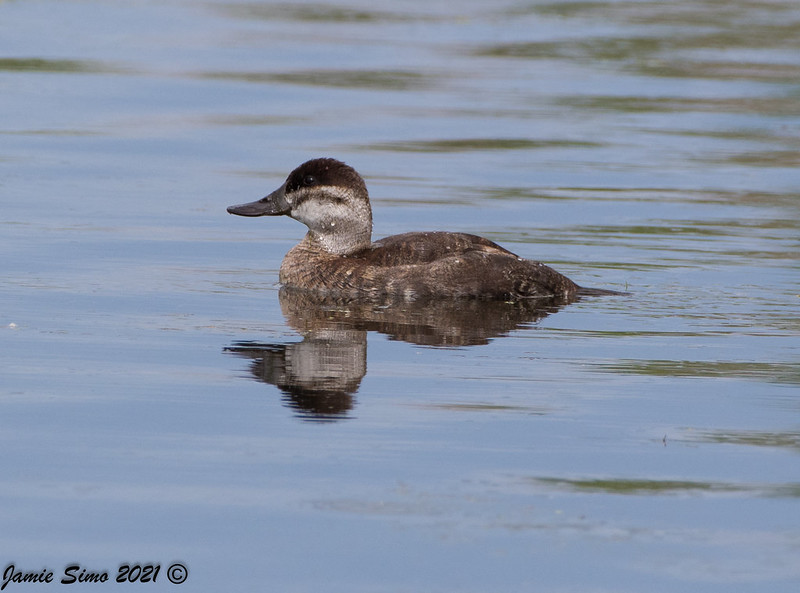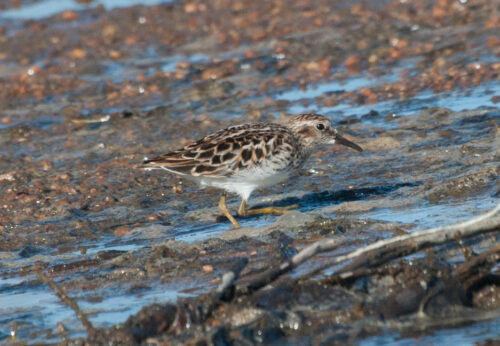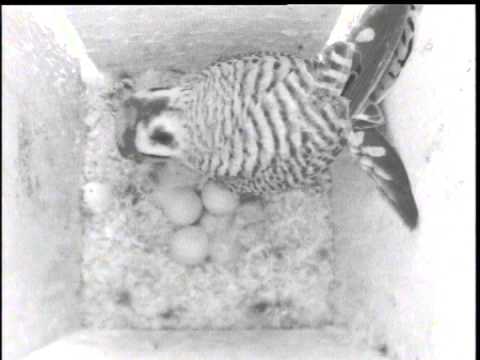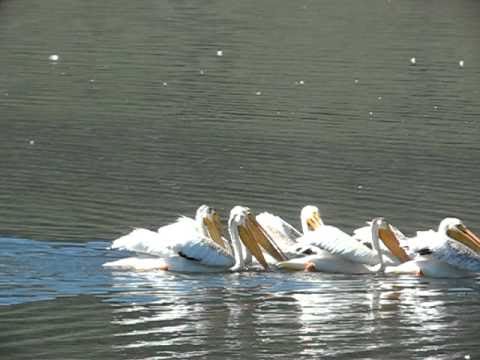
I wasn’t sure what the weather would be like the morning of the bird walk given the winter storm warning we had the previous day, but Saturday dawned cold, but bright and sunny. It was a perfect winter wonderland day with fresh snow!
White Rocks Trail in the winter is a fantastic place to view raptors and right off the bat we had our first: a female American Kestrel perched right over the trail. American Kestrels are our smallest falcon being about the size of a Blue Jay or Mourning Dove, and one of the only raptors in Colorado where the plumage of males and females are noticeably different. Females are mostly brown with dark barring on the back while males are rusty and slate-blue. Look for them on power lines where their distinctive, hunched posture and tail pumping easily give them away. You can also sometimes see them mobbing larger raptors like Red-tailed Hawks in defiance of their small size!
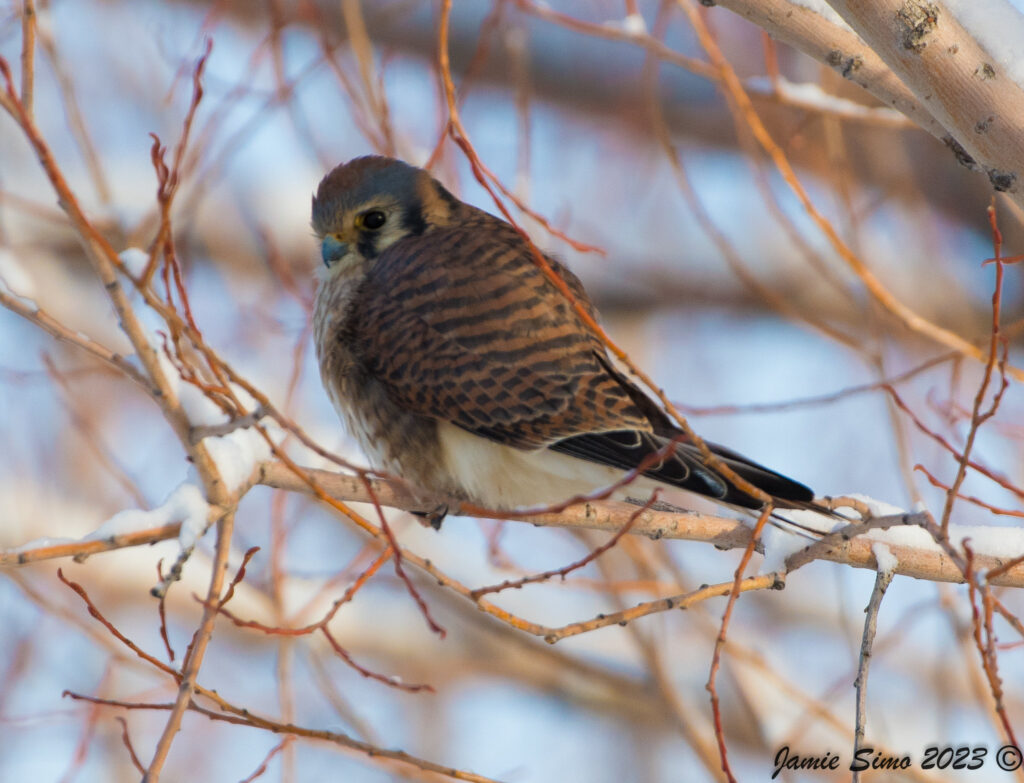
Bald Eagles have been known to inhabit the area around White Rocks and sound was our first indication that the pair was in residence that morning. Contrary to what advertisers would have you believe, Bald Eagles don’t “scream” like Red-tailed Hawks, but emit a series of high-pitched whistles. Sure enough, we were soon able to get a good view of the pair perched in trees ringing the mostly frozen pond #9 on the adjacent ERTL property.
We also had an id challenge farther along the trail when we saw a large Buteo (soaring hawk) perched in a tree. Our initial thought was that the bird was a Red-tailed Hawk, which is the most common soaring hawk in Colorado. However, certain things didn’t quite add up. For one, even though the bird did have brown speckling across its white breast like the “belly band” of a Red-tailed Hawk, the head that was more pale than a Red-tail’s chocolate brown was odd. The biggest indicator though was the large, yellow mouth “gape,” which is a characteristic of the Ferruginous Hawk. After consulting photos, we determined we were indeed looking at a juvenile Ferruginous Hawk! Ferruginous Hawks are closely tied to prairie dog towns, which is their main source of food, and White Rocks Trail has no shortage of prairie dogs.
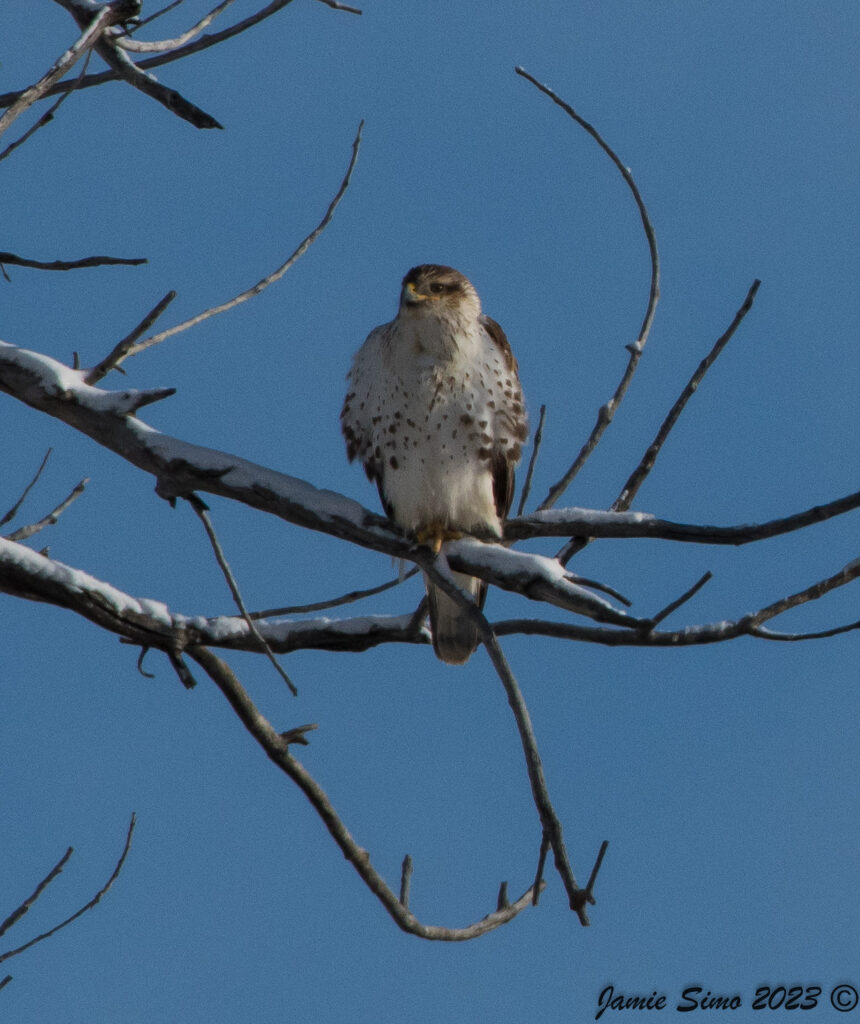
Other target species which we were fortunate enough to see were the Northern Shrike (an arctic breeder and resident in the northern portion of the US only in the winter) and several immature Northern Harriers, which passed by close enough for stunning views of their pumpkin-colored bellies.
Finally, not a bird, but we were also treated to a hunting coyote. Unconcerned by his/her audience, the coyote repeatedly pounced in the grasses off to the side of the trail. Finally, success! We watched as it contentedly munched on an unlucky vole. You never know what you’ll see when you come out on a bird walk with us!
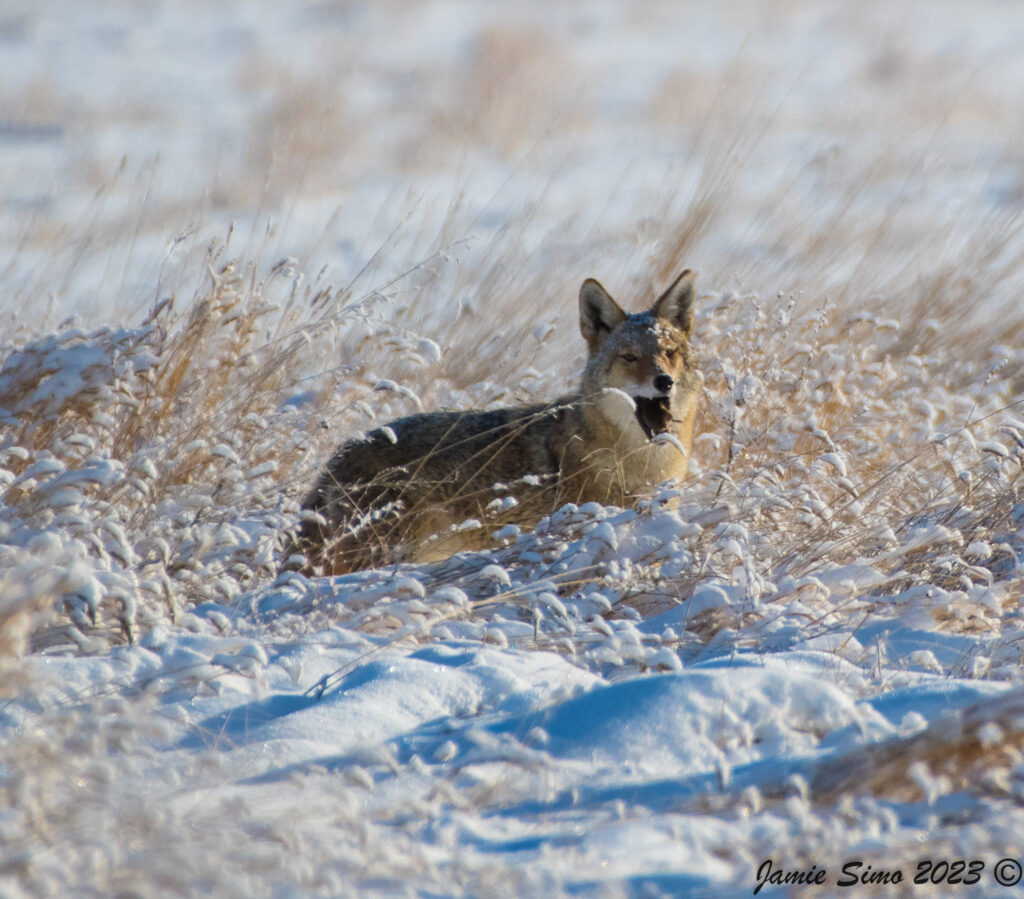
White Rocks Trail area, Boulder, Colorado, US
28 species (+1 other taxa)
Cackling Goose 21
Canada Goose 15
Cackling/Canada Goose 27
Gadwall 7
American Wigeon 4
Mallard 6
Common Merganser 2
American Coot 1
Ring-billed Gull 7
Northern Harrier 2
Bald Eagle 2
Red-tailed Hawk 3
Ferruginous Hawk 1
Northern Flicker 1
American Kestrel 1
Northern Shrike 1
Blue Jay 3
Black-billed Magpie 1
Common Raven 1
European Starling 83
American Goldfinch 3
White-crowned Sparrow (Gambel’s) 40
Song Sparrow 5
Spotted Towhee 1
Rock Pigeon (Feral Pigeon) 20
Belted Kingfisher 1
Say’s Phoebe 1
Western Meadowlark 19
Red-winged Blackbird 6



